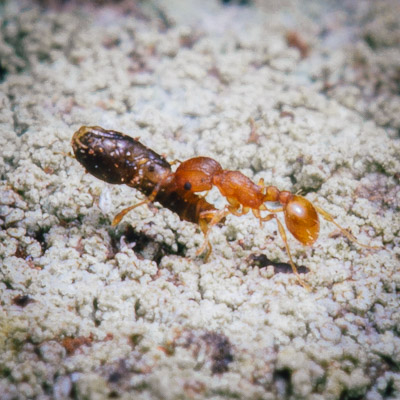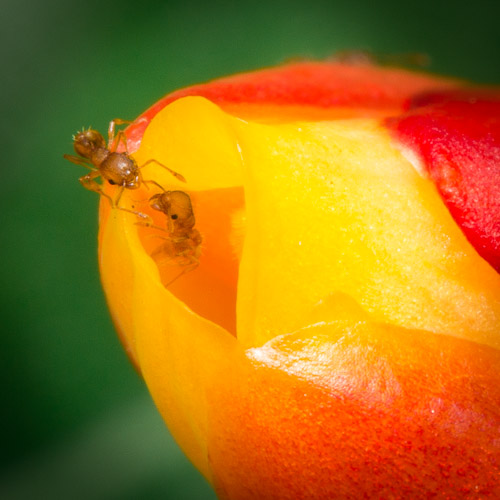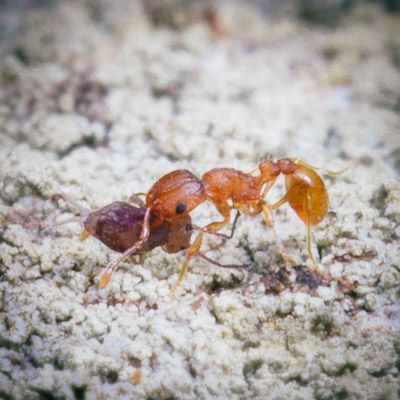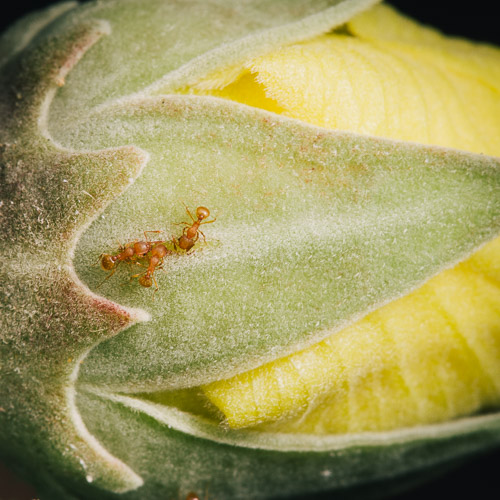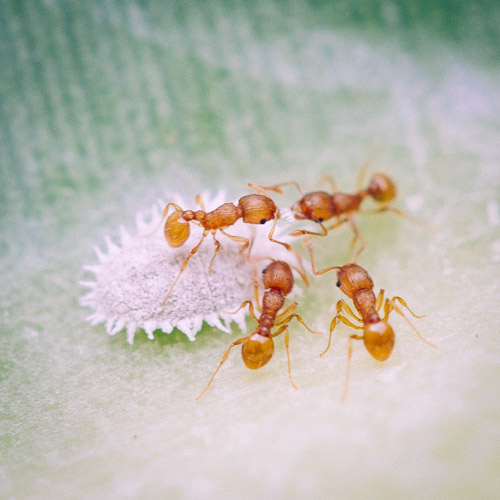Biology and Ecology of Little Fire Ants
How do LFA live?
Ants are one of the few insect families that live together in a social colony. Each ant has a specific task, and most foraging ants (the ones we actually see) are the older workers assigned to the high-risk task of finding food. A large portion of the colony stays out of sight. All the workers are sterile daughters of a queen.
In Little Fire Ants (LFA), a single colony consists of several queens. The workers protect the queens and normally these queens are very difficult to find. Males are notably absent from day to day life and are produced seasonally for breeding purposes. After mating, their purpose is served and they die.
How do LFA spread?
LFA can be accidentally spread by the movement of:
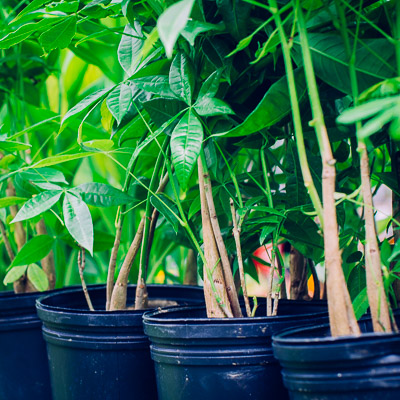
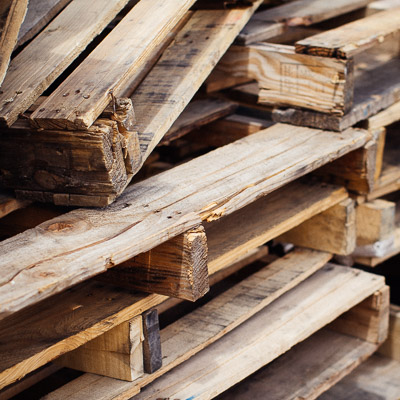
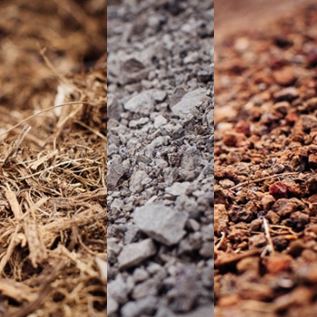
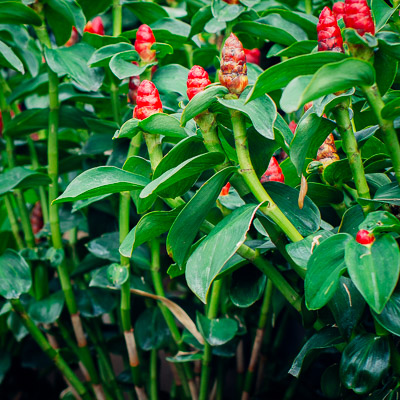
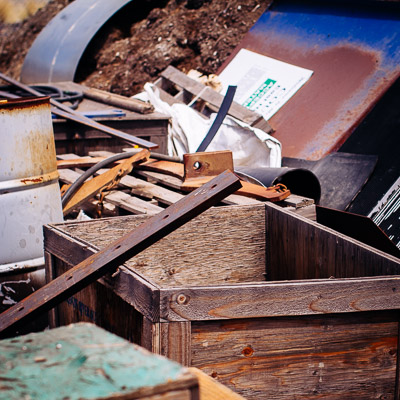

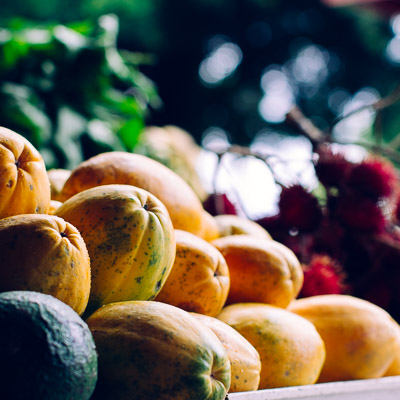

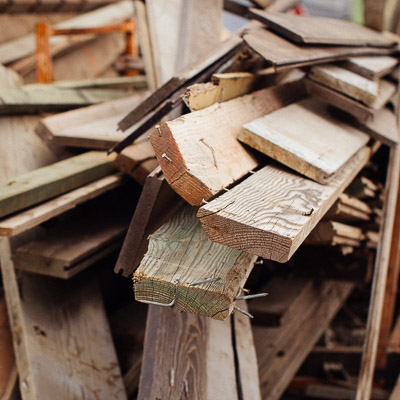
During certain seasons of the year, most ant species will spread by producing new queens and males with a set of wings. These new flying ants will leave the colony at the same time and take flight into the air for a nuptial flight. After the queens have mated with the males, they return to the soil and start a new colony.
LFA spread differently. Instead of in the air, mating occurs inside the original colony (or close nearby). After mating, the new queen will remain in the nest. Once the colony becomes too crowded, the queen and a small number of workers will leave the nest and walk a short distance to form a new nest in a process called budding. Often, these nests remain connected with the parent colony, working together to gather food and defend the territory. This results in massive “supercolonies” where there is no aggression between the enormous numbers of workers from different colonies.
For spreading distances greater than a few meters, LFA rely on accidental movement by people. Small colony fragments containing a queen and a few workers are easily carried to a new location on items such as personal possessions, commercial goods, or produce. The most common way LFA are spread in Hawaiʻi is through the movement of infested potted plants, cuttings, foliage, produce, soil, mulch, and landscaping materials.
Once LFA becomes established in a new location, the colony can grow to massive sizes. An average house lot can support as many as 22 million ants!
What do LFA eat?
LFA are food generalists, which means they eat a wide variety of both plants and animals.
Their diet consists of arthropods (i.e. insects, isopods, spiders, millipedes), plant parts (seeds, flowers, and leaves), nectar from flowers, and honeydew. Honeydew is a sugar-rich liquid excreted by aphids and scale insects as they feed on plant sap. LFA guard and care for these honeydew producing insects in a mutualistic symbiotic relationship. Continuously active, LFA forage twenty-four hours a day.
Where do LFA live?
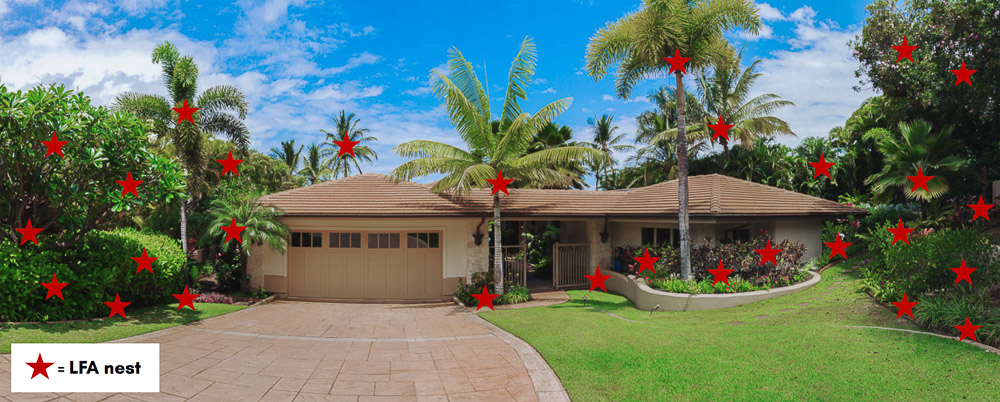
As you may have noticed, LFA are everywhere!
Since LFA are native to the rain forests of Central and South America, they prefer warm, wet, and shady environments and generally avoid direct sunlight. Instead of building elaborate nests, they occupy pockets of space that may be in leaf litter, under rocks or stones, in cracks and crevices in trees, and in hollows in decaying organic material. Even very tall trees such as coconut palms can support LFA colonies in their crowns. This results in a virtual blanket of nests reaching from the ground to the canopy!

